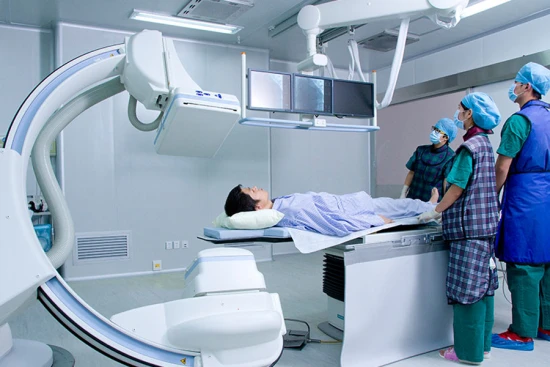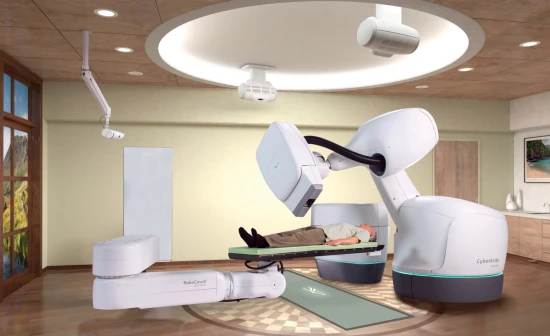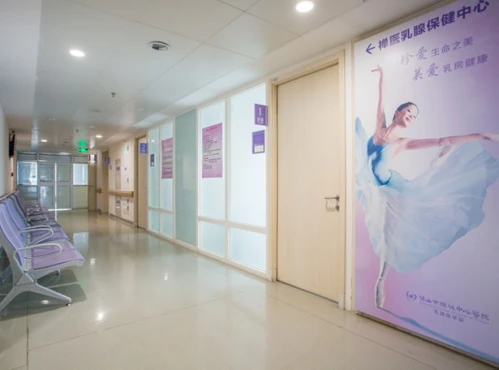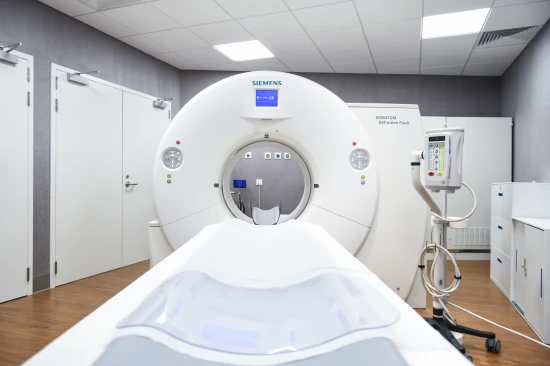Tetralogy of Fallot (TOF) treatment in 1 Cardiac surgery clinic in Guangzhou
1 clinic specializing in Cardiac surgery providing treatment of
Tetralogy of Fallot (TOF)
Tetralogy of Fallot (TOF) is a congenital heart defect characterized by four abnormalities: ventricular septal defect, pulmonary stenosis, overriding aorta, and right ventricular hypertrophy. It causes cyanosis and requires surgical correction in infancy.
Read more...
disease in Guangzhou.
Besides this clinic there are 7 Cardiac surgery clinics in China.
Such diseases are treated by Clifford Hospital of Guangzhou: Acute ST-elevation myocardial infarction (STEMI), Aortic valve insufficiency, Aortic valve stenosis, Congenital heart defects (CHDs), Tetralogy of Fallot (TOF), and others.

Nearby clinics in China
Perhaps you should consider the following clinics we have found nearby basing on your Location, Disease filters applied.
































